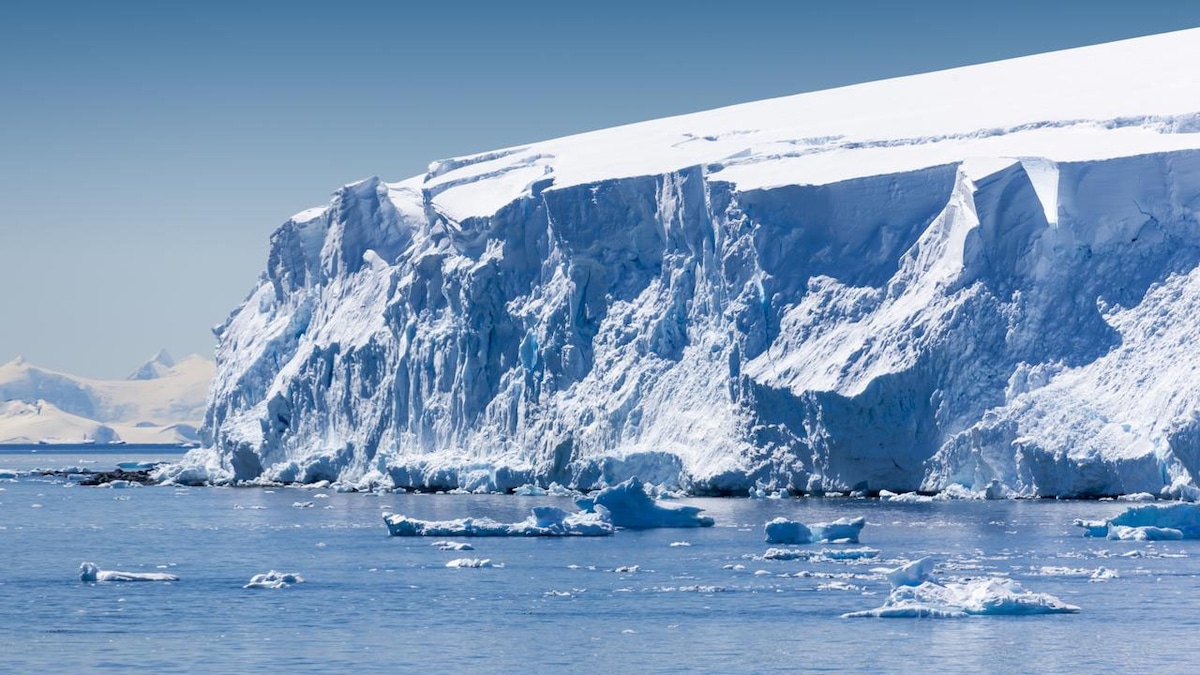‘Doomsday Glacier’ Melting More Rapidly Than Predicted, Could Raise Sea Levels by 10 Feet

 Why you can trust us
Why you can trust us
Founded in 2005 as an Ohio-based environmental newspaper, EcoWatch is a digital platform dedicated to publishing quality, science-based content on environmental issues, causes, and solutions.
A massive Antarctic glacier is less stable and could potentially cause more and more rapid sea level rise than previously predicted, a study published Monday in Nature Geoscience finds.
The Thwaites Glacier, known as the “doomsday glacier” because it holds enough water to raise global sea levels by multiple feet, is especially susceptible to rising ocean temperatures caused by climate change because it rests on the seabed and can thus be melted from underneath.
After conducting an extensive mapping of the ocean floor, researchers found that at some point in the last 200 years, the base of the glacier dislodged from the seabed and retreated at double its recent rate of retreat. If Thwaites underwent another such rapid retreat, the results could be “existential,” University of South Florida marine geologist Alastair Graham, a co-author of the study, told The Washington Post.
The specter of the rapid disintegration of the Thwaites Glacier comes as Greenland — which lost enough ice in one weekend this summer to put West Virginia under a foot of water — recorded its largest September ice melt on record.
“This [September] event demonstrates how global warming does not only increase the intensity but also the length of the melting season,” Maurice van Tiggelen, a polar scientist from Utrecht University in the Netherlands, told The Washington Post.
For a deeper dive:
Thwaites: The Washington Post, CNN, The Hill, CBS, USA Today, ABC, Insider, NBC, CNN, USA Today; Greenland: The Washington Post; Climate Signals background: Glacier and ice sheet melt, Sea level rise
For more climate change and clean energy news, you can follow Climate Nexus on Twitter and Facebook, sign up for daily Hot News, and visit their news site, Nexus Media News.
Subscribe to get exclusive updates in our daily newsletter!
By signing up, you agree to the Terms of Use and Privacy Policy & to receive electronic communications from EcoWatch Media Group, which may include marketing promotions, advertisements and sponsored content.

 233k
233k  41k
41k  Subscribe
Subscribe 



